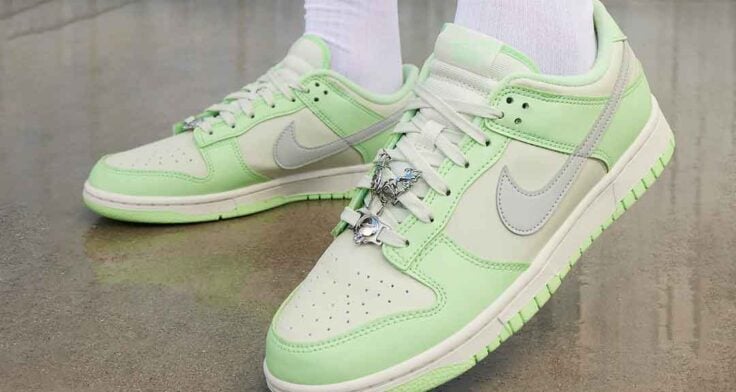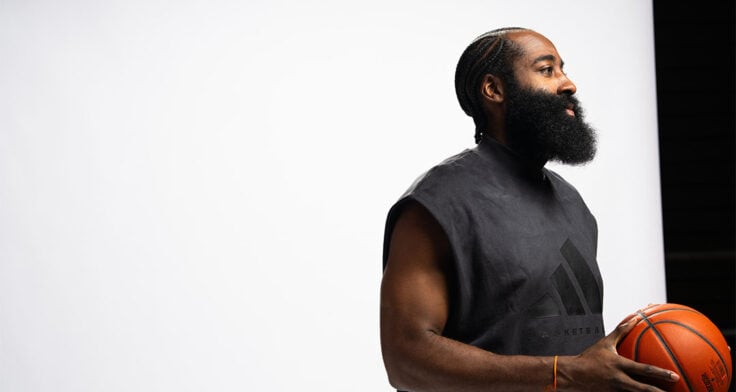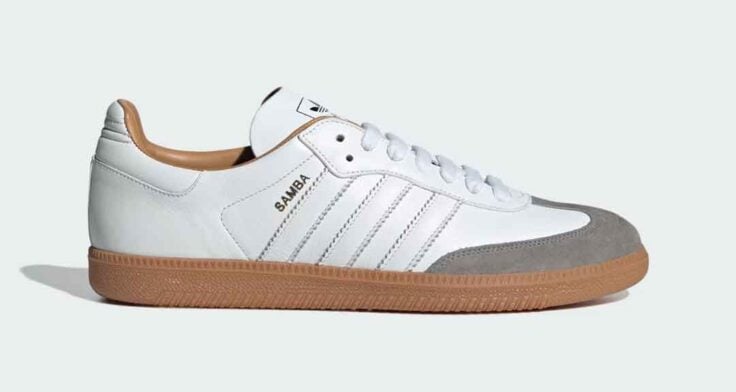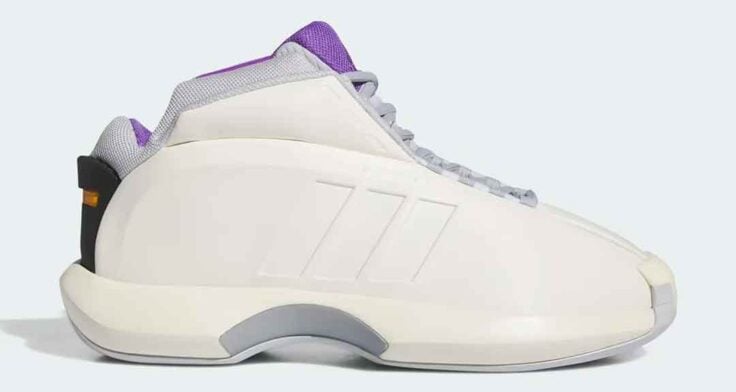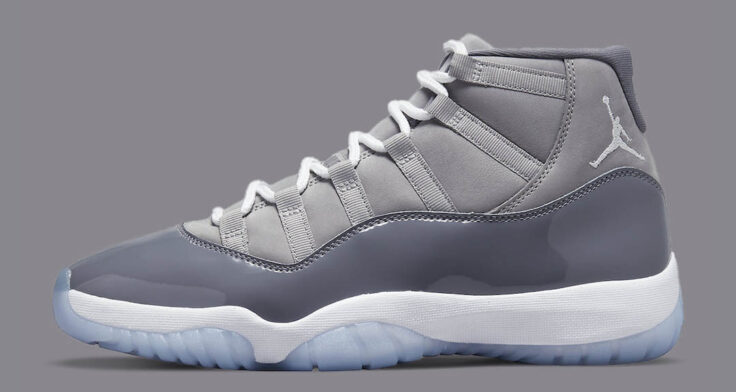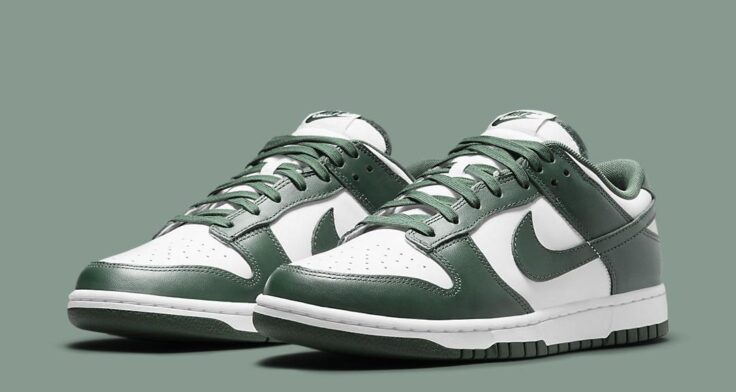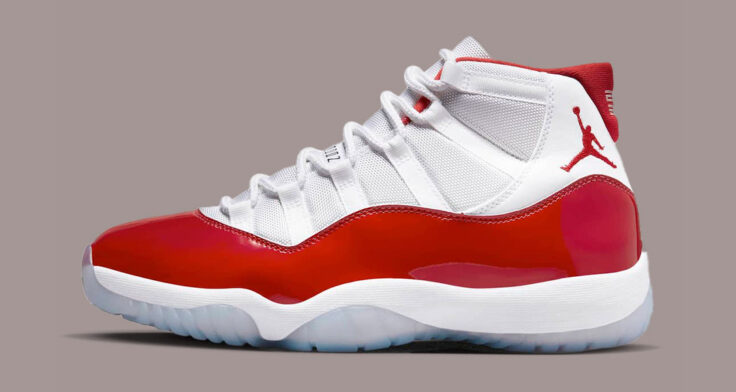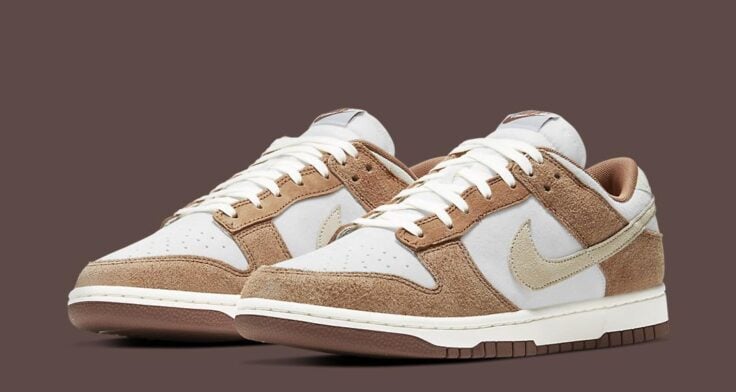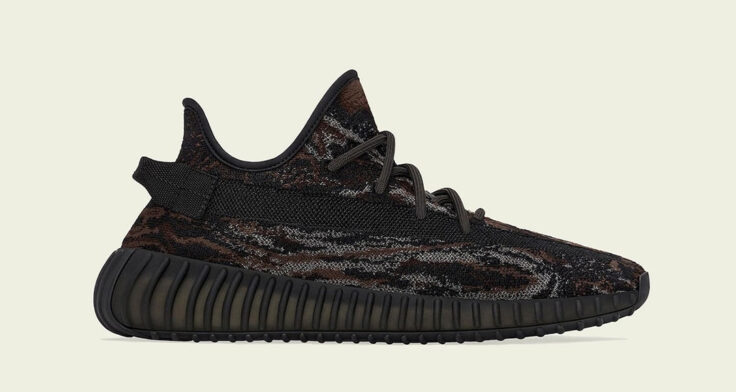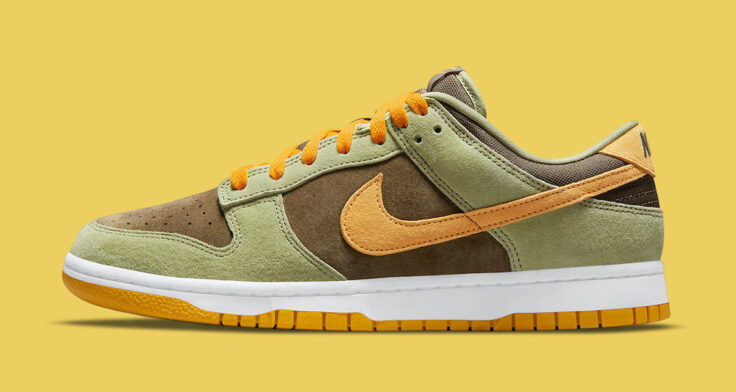words & interview // Nick DePaula:
When the adidas Ultra Boost was first unveiled just over a year ago, the company didn’t mince words for a second in how strongly they felt about their very first shoe to feature both full-length Boost and Primeknit technologies.
“To answer the world’s athletes’ call for more Energy, we aimed to create the greatest running shoe ever, and we’ve done exactly that with Ultra Boost,” Eric Liedtke, adidas’ executive board member, firmly said.
That’s just about the boldest introductory sentence I’ve heard in the footwear industry.
Until, of course, adidas followed that up and officially launched the shoe on February 11th, with the straightforwardly arrogant tagline: “The Greatest Running Shoe Ever.”
It was 100% awesome.
At the time, I questioned whether they could legally even say that. Skechers and Reebok each got wildly sued for their unfounded claims concerning their total BS fad-driven “Toning” shoes. Launching a new running shoe and saying it’s the “greatest running shoe ever” is as bold as it gets.
More than anything, there was a newfound confidence and pride from adidas on grand display, that we rarely saw before.
When Nike launched LeBron James’ first shoe, the Zoom Generation, they perched the self-anointed “King James” atop a grandiose throne with guardian lions alongside him. It was regal, brash and most importantly, set the tone for how generational of a talent LeBron was supposed to be. It was great marketing, and then he delivered on all of the hype.
As we’ve seen over the past year, the adidas Ultra Boost has delivered on all of the hype. It’s been loved to death by real runners, like our own Darren Griffin in this glowing performance review. Our good friend Ray Polanco at TheShoeGame even went so far as to say “the Ultra Boost ruined his taste for other sneakers.”
In a near-first for recent adidas Running models, it simultaneously crossed over into the casual space, receiving the ultimate co-sign from Kanye West himself. Being priced at a seemingly steep $180 didn’t harm the shoe as much as some feared.
“We wanted to created the ultimate or ultra experience of what a running shoe could be,” outlines Jim Jennings, adidas Running’s Category Manager.
That ultra experience worked for all paths of wearers. Real runners. Random cats new to the brand. Kanye fans. General people who like being comfortable with each stride of their steps.
Make no mistake though, Kanye wearing the Ultra Boost took the shoe to a new tier of visibility.
“It’s been amazing for us, we love it and it couldn’t be better,” continues Jennings. “The guy is super passionate about footwear, and he knows how good this is. It’s exciting for us, because what an opportunity for our category to have him wearing it.”
The brand’s Director of Entertainment Marketing, Jon Wexler, knows all too well how much impact Kanye can have on literally anything he wears. (Lets not forget that countless style-centric people are wearing a bulky duckboot right this second.)
“We launched Boost three years ago, and I love Boost and wear it every day,” says Wexler. “Of all the moments of Boost trajectory, you can definitely notice that the switch was flipped the day he wore it and performed at the United Center.”
What does “impact” actually look like, though? Surely, there’s data that shows up in the numbers of real analysts, right?
According to Deutsche Bank analyst Dave Weiner, in an industry report citing data from SportScanInfo, the adidas Group enjoyed a 24.2% rise in footwear sales over the past year. This after a series of admittedly down years.
The Ultra Boost was the top seller in the entire Running category for the year. All of that came during a 9.1% footwear sales slide for Nike.
“In the past, Nike has dominated the running category with its Roshe and Free platforms,” Weiner told Investors.com. “So Adidas’ recent encroachment is noteworthy.”
It’s been the exact halo effect that endorsement deals hope to bring. You can’t just track sales of an endorser’s namesake sneaker and say that’s their only impact on the business. It’s also impossible to not realize the impact West has had on the model.
“For the US as a market, [Boost] was always a niche thing, but when Kanye wore that shoe, it took a whole different direction,” Wexler beams.
To learn all about the gamechanging adidas design a year later, I caught up with the Germany-based Ultra Boost designer himself, Ben Herath, adidas Running VP of Design. Read ahead for a full exclusive breakdown of the landmark shoe.
Nick DePaula: I’m sure it’s been an exciting year for you as the year has gone on. Can you first start by sharing a bit about your background with adidas and how you first started out with the brand?
Ben Herath: I’m heading up the Running design team here in Germany at the headquarters. I’m originally from Australia, and I’ve been with adidas Running for the last thirteen years now. I’ve managed to work on a lot of great projects with a lot of great people. Some of the highlights have been the first Energy Boost, the Pure Boost a year later, and the adios Boost too.
That shoe broke the world record back then, and I’ve designed every iteration of that shoe since then. There are a lot of great projects and a lot of shoes that I’m proud of, but I have to say that the Ultra Boost is the pinnacle of shoes that I’ve worked on.
NDP: The Energy Boost launched the platform for the brand. When that shoe launched in 2013, it was still encased in traditional foam as well, and it wasn’t a full platform of Boost. How early on did you guys decide that you wanted to have a fully exposed true Boost midsole?
BH: It was pretty early on in the process. As we build Ultra Boost, we just found that we’re learning with every prototype and every step. We kept challenging ourselves to make the design simpler. We wanted it to perform the most, with the least amount of parts. The key goal for us was really to remove the EVA off of the shoe.
We wanted to create this full Boost platform. The Boost feels so amazing, and we just wanted more of that experience underneath your foot. We really looked inside the shoe between your foot and the top of the midsole, and just tried to reduce and remove all of the layers to maximize that Boost experience.
NDP: That first Energy Boost had a bonded layer on the toe, but still kind of the same design language in terms of the toe box shape. It also had the midfoot logo cradle and the heel counter. When you started the broad stroke look of the Ultra Boost, was the idea to keep it as an evolution of the design?
BH: The approach we had, was really to upgrade every single part of the shoe. When we launched the Energy Boost in 2013, it was the first performance model with Boost. Since then, we’ve really learned how every other material on the shoe behaves with Boost. We dug into every part and every component, and said, ‘How does the foot move with this, and how can we enhance the alive feeling that the Boost has?’
What that meant was we challenged everything on the shoe. If you look at the first Energy Boost compared to the Ultra Boost, it’s a lot simpler and that came from a lot of the learnings we had about how the foot behaves with it. We were able to create more of a harmonic system around it.
NDP: The Primeknit upper here was a new innovation as well. From a rendering and sketching standpoint, how different was that process of designing the shoe, knowing it was going to be knitted and not a traditional panelled shoe?
BH: Exactly, and a knitted, stretch upper at that. What we realized when we studied the foot and how it moves and changes with every step, is the foot is constantly rotating and stretching. The Primeknit and the components of the shoe needed to move with the foot and adapt with the foot. What we realized, was that already was complex enough. We had to move away from sketches pretty early on, and deal exactly with the materials.
We ended up just going straight into prototypes really quickly. Luckily, a lot of us on the creation team are sample size (9), so we could mock something up and then put it straight on and get a feel for if something was working. The Ultra Boost was really a prototype driven shoe. The Energy Boost was more of a normal process of sketching, sampling and then building.
NDP: That was something I noticed right away from your sketches. A lot of the sketches were heel views of the counter, and then you kind of left the upper to be determined in 3D. Once you started to get those samples in, what were some of the key adjustments and zones that you started to target and modify?
BH: We really talked about fit, feel and transition. We started with the heel fit, and how is the foot behaving? We wanted to look at the heel counter and create a shape that really hugs and holds the heel, but also allows for movement in the Achilles with that S-curve in the heel. With the cage in the midfoot, everything there works to hold the midfoot and support the foot. Then, in the forefoot, we’ve got open zones and closed zones. The Primeknit is made of three different yarns that can control how all of those parts work together as a system.
NDP: When you launched the shoe, it was called “The greatest running shoe ever.” As the designer, that had to be pretty exciting, but also a lot of pressure.
BH: I love the ambition. We started the project with that expectation for the shoe, to create something that was going to change the experience of running. How it would look and how it would feel. We started with the highest expectations, which was to create the greatest running shoe ever, which is a really tall task.
We realized the expectation from everyone else then was huge, but that’s what we wanted. We took that on as a challenge. It really was about the experience that Boost can provide. When you try Boost on, it does feel filled with energy. We wanted that feeling to wrap around the whole shoe.
NDP: What was some of the early feedback you were hearing from runners all over?
BH: It was amazing to see how well people responded to the shoe. Runners of all kind, from really committed runners, to people that just use the shoe for everyday runs. I always love seeing people try the shoe on for the first time, to see, almost their surprise. It’s fun to watch, and that’s what drove the shoe from the beginning, to provoke that experience.
NDP: I’ve got a couple pairs of the Black / Purple colorway, and on one of the pairs, I cut the cage off. How early on did you notice people doing that, and what was your first reaction to people modifying your design?
BH: I have to say, it didn’t take long before we saw it. We noticed it on Twitter and Instagram of people cutting the cage off, and there’s a YouTube clip up to 100,000 hits showing how to do it. It was a big shock to me at first, because we just spent over a year building and making the shoe. [laughs]
It was really great to see though, because people were being creative with the design. What we noticed was people were just loving the Primeknit and how it looked without the cage. It was inspiring to see creative people take the shoe on and do their own thing with it.
NDP: For the FutureCraft shoe, did that take any inspiration from the way people were taking the cage off of the Ultra Boost?
BH: We definitely were looking at what people were doing and seeing what was out there, and in a really open source way, we saw how creators were creating. We’re inspired by people as well. It’s great to have that level of creativity out there, that can also inspire us in our designs. The FutureCraft model is a good example of how we approach design, and we see ourselves as modern designers and shoe craftsmen that are looking to the future and where the industry is going. It’s an example of where we see things moving.
NDP: In our world, with so many sneaker collectors and people taking the Ultra Boost and adopting it casually, a lot of that stems from Kanye wearing it. When did you first start noticing him wearing it, and how much impact do you think he’s had on it?
BH: It’s had a huge impact. It’s an honor, first of all, that he’s wearing the shoe. We know he loves Boost, and he loves the feeling of Boost. It’s so great to see him wearing that. It really has helped to showcase the model beyond running. The shoe was built around an experience and a new level of comfort, and I think the fact that it’s been so well received outside of running, in both sneaker culture and the fashion world, has been an amazing path that the shoe has taken.

